The Educational Impact: Schools And Learning After A Hurricane

The Educational Impact: Schools and Learning After a Hurricane
Introduction
Hurricanes can have a devastating impact on communities, not only in terms of property destruction and displacement but also in terms of their effect on the education system. Natural disasters, such as hurricanes, have the potential to leave long-lasting effects on schools, educators, and students in affected areas. In this article, we will explore the impact of hurricanes on schools and learning, both during and after the disaster.
The Immediate and Long-term Effects of Hurricanes on Schools
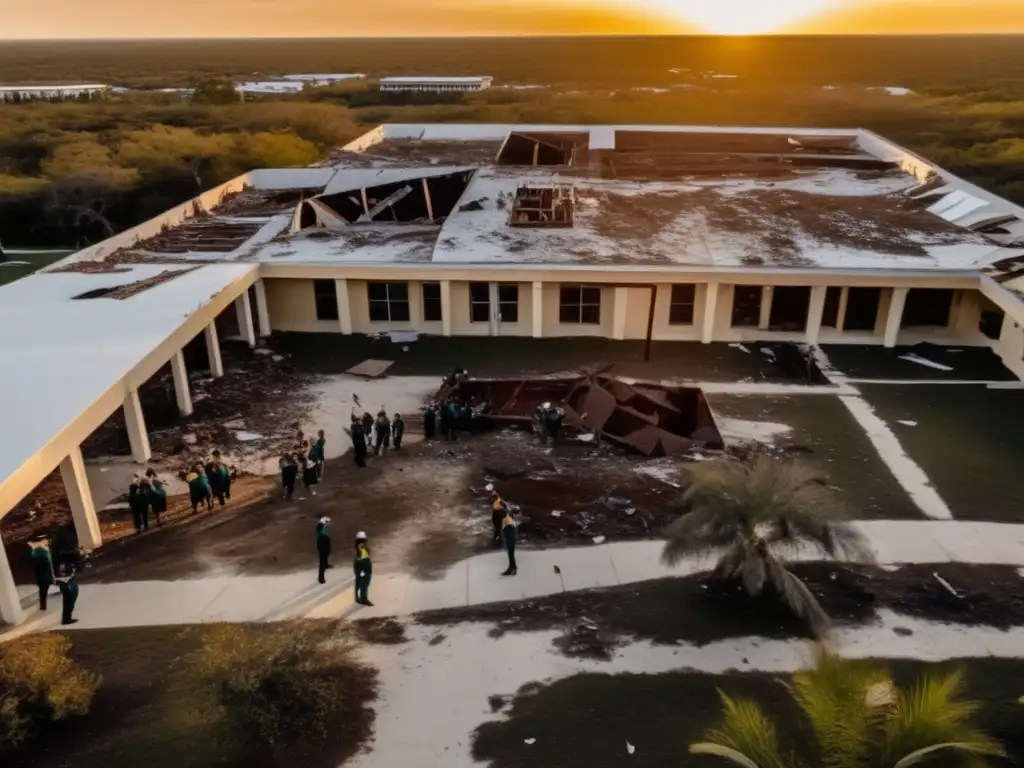
Closure of Schools
One immediate effect of a hurricane is the closure of schools in affected areas. Hurricanes often result in school closures, sometimes for an extended period. This can disrupt the education system and affect students' learning abilities, particularly if the school closure lasts for more than a few days.
Displacement of Educators and Students
Hurricanes can displace teachers, students, and their families away from their homes and schools. The displacement can have significant social and mental impacts on both teachers and students. Teachers may feel uncertain about their future employment prospects while students may struggle to adjust to new schools or learning environments.
Loss of Instructional Time
The loss of instructional time due to school closures can have long-term negative effects on students' academic progress. The hurricane may result in the loss of days, weeks, or even months of instruction time. This loss of instructional time may put students at a disadvantage compared to their peers outside of the affected areas.
The Climate of Post-Disaster Education
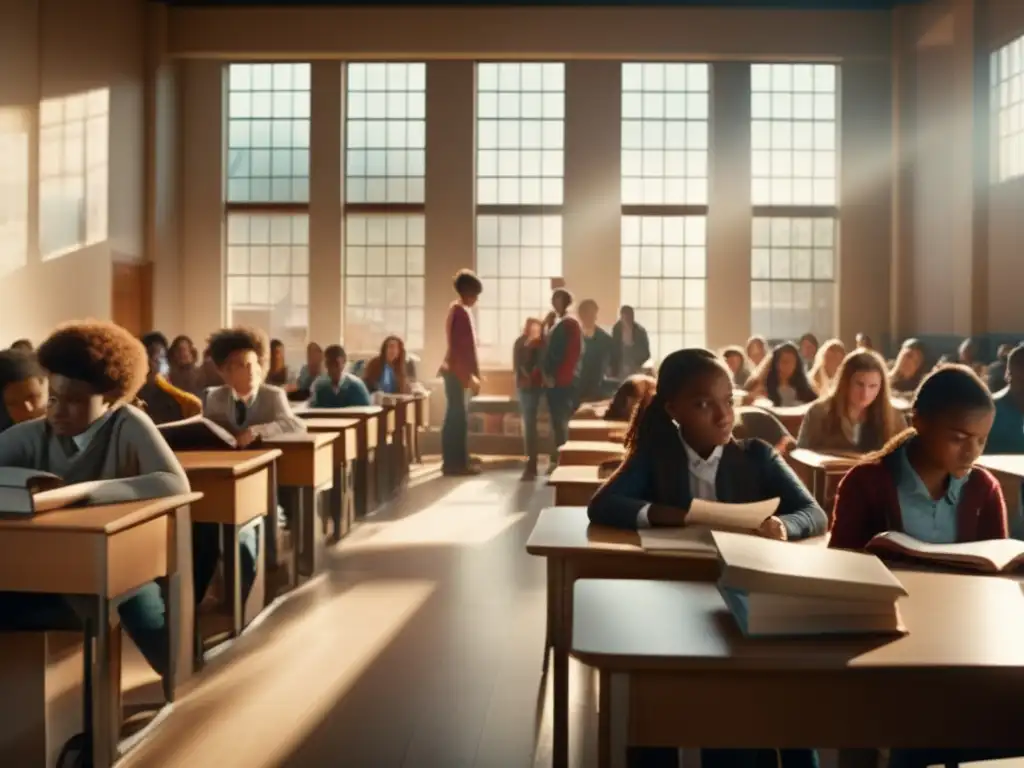
Reopening of Schools
Reopening schools in the aftermath of a hurricane is often a complex and challenging process. In some instances, schools may experience damage that requires repairs before they can reopen. In other cases, schools may need to set up temporary facilities to resume their operations.
Reintegration of Students
After the immediate aftermath of a hurricane, students may face additional challenges in resuming their education. These challenges include adjusting to new learning environments, unfamiliar teachers, and new classmates. Teachers should be sensitive to these challenges and provide additional support to ease the transition for students.
Mental Health Considerations
Natural disasters can have significant impacts on students' and teachers' mental health. It is essential to address the psychological effects of the disaster on students and educators to ensure a positive learning environment. Schools should implement programs to support emotional healing and well-being for those affected by the hurricane.
Preparing for Hurricanes: A Proactive Approach

Developing Emergency Plans
Schools located in hurricane-prone areas should have emergency plans in place to mitigate the effects of natural disasters. Emergency plans should include procedures for evacuating schools, bus routes, communication with parents, and methods for ensuring that school property remains secure during the disaster.
Ensuring Communication Channels
Clear communication between schools and parents/guardians is critical during a natural disaster. Schools should have multiple channels, such as email, phone alerts, and social media, to provide regular updates to parents regarding the status of school operations before, during, and after the hurricane.
Investing in Technology
In an age where technology plays a vital role in education, schools must invest in the necessary technological infrastructure to ensure smooth operations during and after a hurricane. Investing in online learning platforms and e-learning tools can help mitigate the impact of instructional time loss.
FAQs
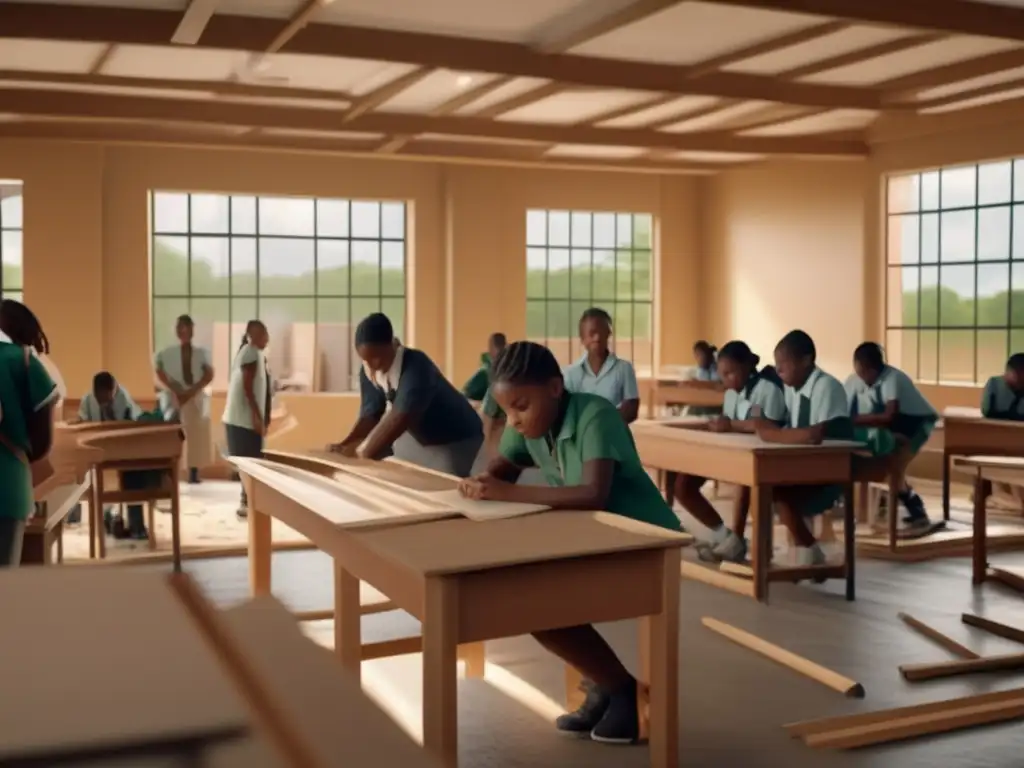
-
Can schools remain open during hurricanes?
Schools should prioritize student and staff safety during natural disasters. Closing schools may be necessary to ensure the safety of all involved.
-
How do school closures impact students?
School closures can negatively impact students' academic progress, social development, and mental health.
-
What services can schools provide to support students and educators affected by hurricanes?
Schools can provide counseling services, emotional support, and additional resources for teachers and students.
-
How can parents support their children during and after a hurricane?
Parents can provide emotional support, maintain clear communication with the school, and ensure their children have access to necessary resources and therapy services.
-
What can policymakers do to support schools affected by hurricanes?
Policymakers can provide additional funding for schools in affected areas, create policies that prioritize the safety of students and educators during natural disasters, and develop programs to support mental health and well-being among students and educators.
Conclusion
Hurricanes can have a significant impact on the education system, disrupting learning and creating long-term negative effects on students' academic progress and mental health. It is essential for schools, policymakers, and parents to implement proactive strategies to mitigate the effects of natural disasters on education. With proper planning, communication, and support, schools can ensure that students and educators can resume learning and psychological healing effectively.
Additional Resources
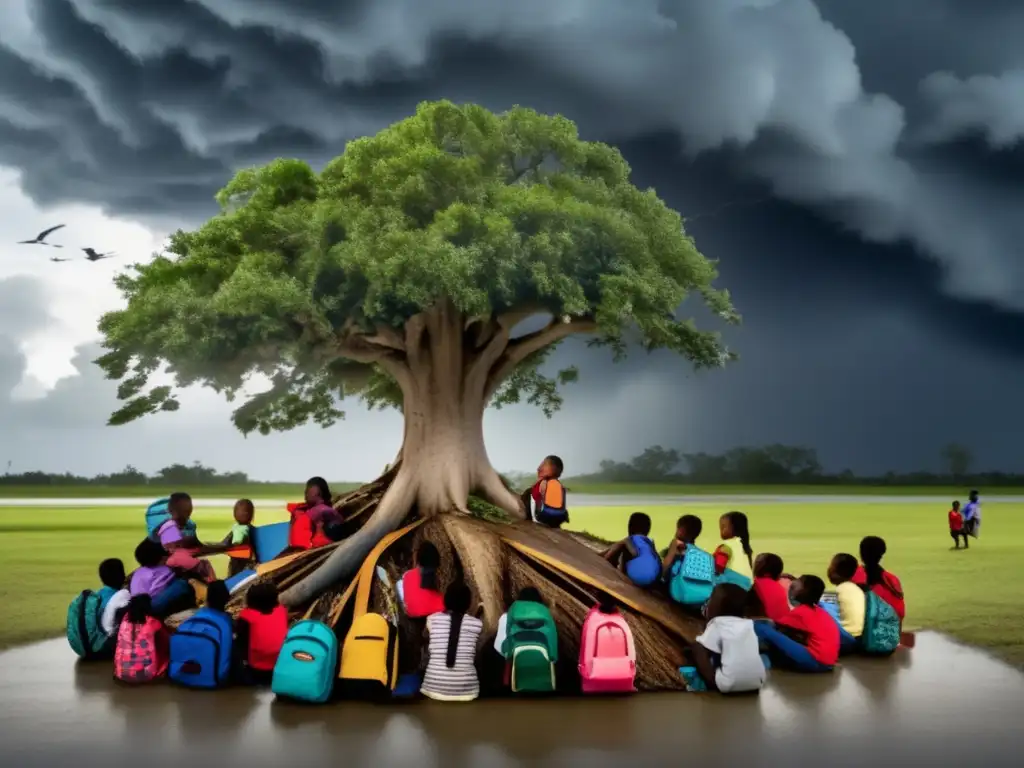
- https://www.fema.gov/natural-disasters/hurricanes#Schools
- http://www.nea.org/home/natural-disasters-and-schools.html
- https://nces.ed.gov/pubsearch/pubsinfo.asp?pubid=2019050
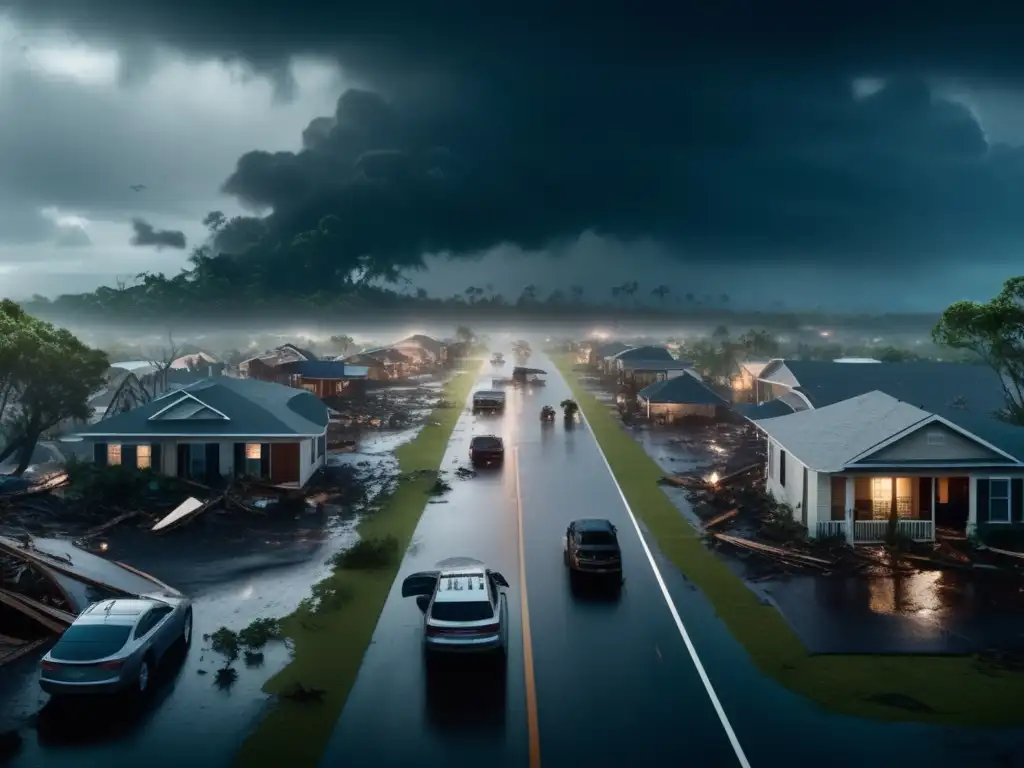 Emergency Loans And Grants For Hurricane Damage Repairs
Emergency Loans And Grants For Hurricane Damage Repairs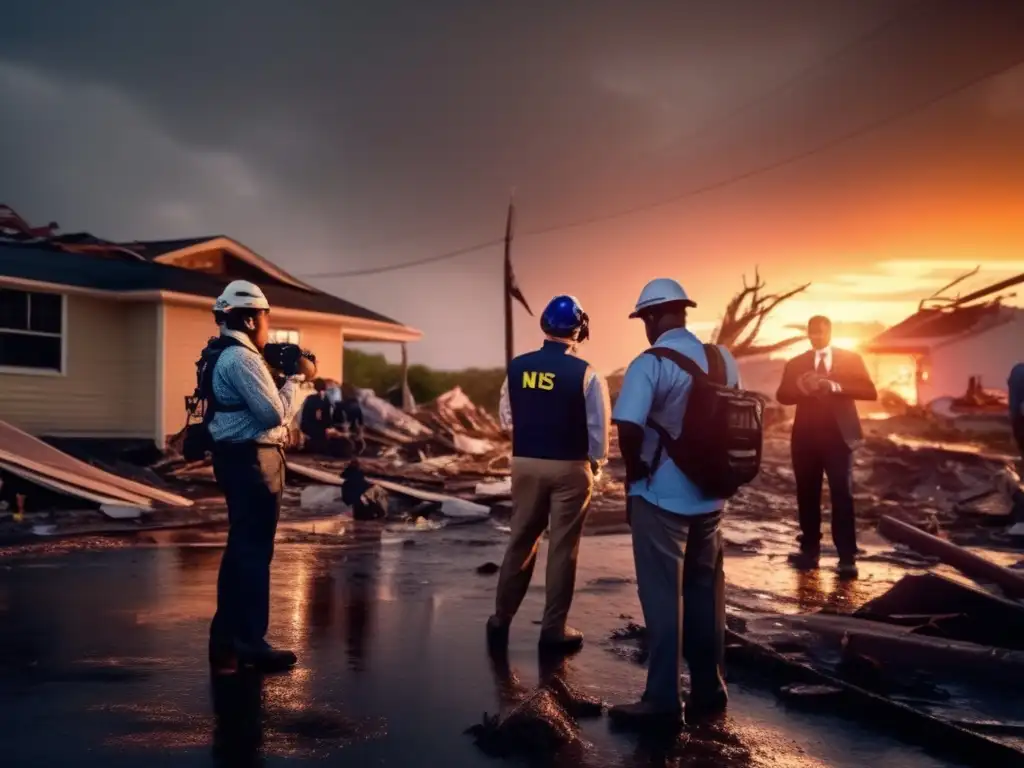 Staying Informed: Keeping Up With Post-Hurricane News
Staying Informed: Keeping Up With Post-Hurricane News Disaster Unemployment Assistance After A Hurricane
Disaster Unemployment Assistance After A HurricaneIf you want to discover more articles similar to The Educational Impact: Schools And Learning After A Hurricane, you can visit the Hurricane recovery: category.
Leave a Reply

Articulos relacionados: